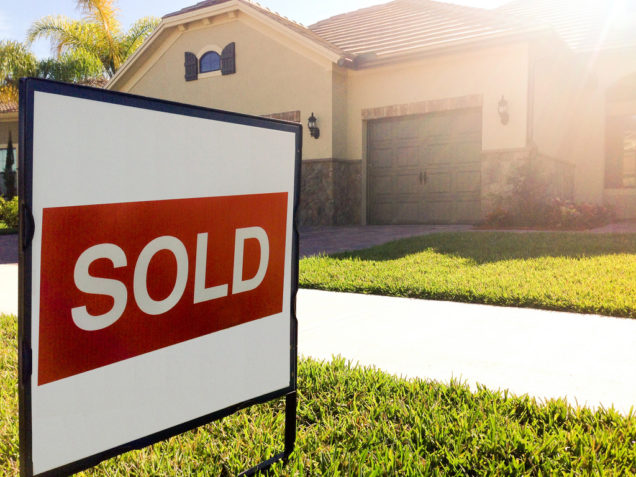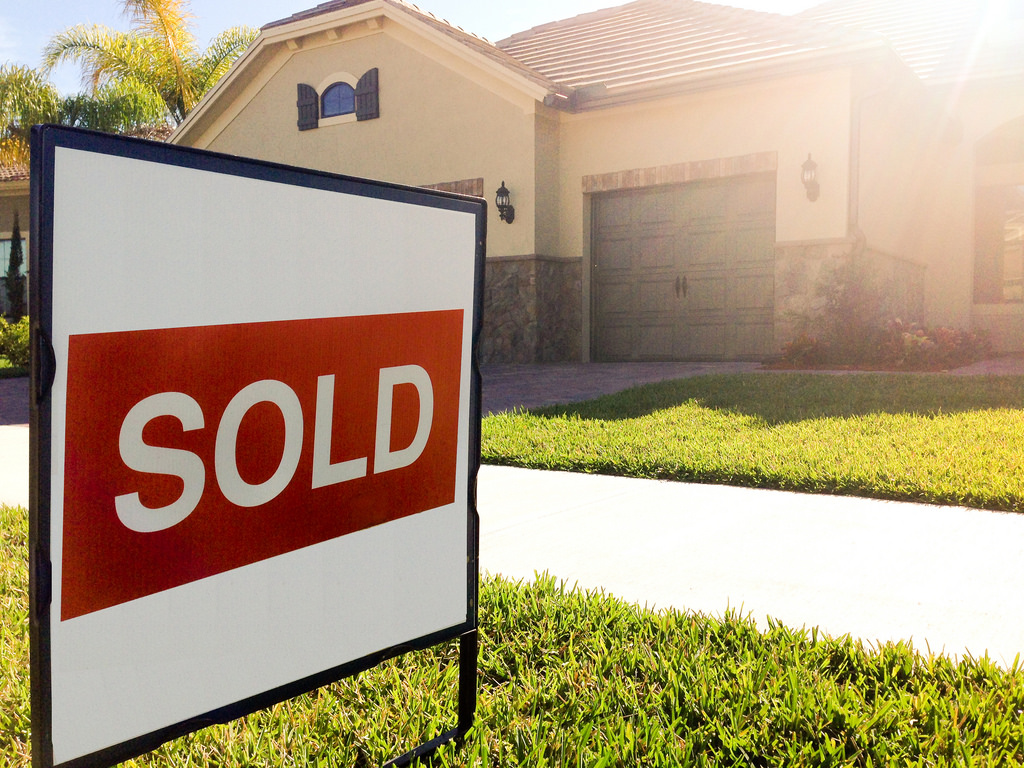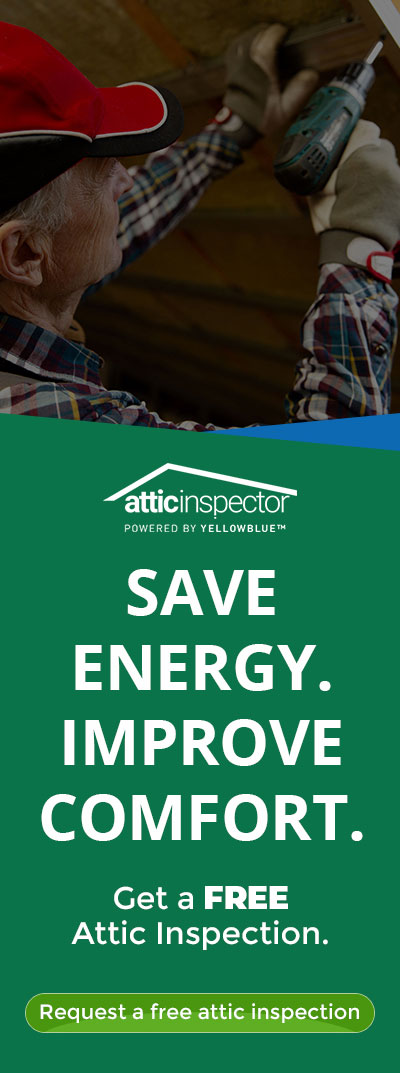There’s something to be said about the picture-perfect home in the ideal location with the meticulously manicured lawn and irresistibly quaint shutters. The book may even be as good as its cover as the tour continues to the interior, with its hardwood floors, vaulted ceilings, open concept floorplan and wood-burning fireplace in the den. A gourmet kitchen with custom-built cabinets, the latest stainless steel appliances, and granite countertops can seal the deal.
But should it?
These must-have features are highly sought after by most homeowners, and are frequently included in almost anyone’s definition of a dream home. As they should be! Each element carries with it an essence of personalization, comfort, and style. Indeed, if home is where the heart is, any homeowner deserves these things and more from his or her dream home.
Smart buyers, however, know that many of the “typical” must have features in a home are open to preference. In addition, they realize that reliability and affordability are just as important, if not more important than what looks nice.
The bottom lines is that home efficiency products are capable of delivering long-lasting reliability and affordability. On the other hand, clunky, inefficient homes will become a drain on monthly cash flow, increasing a buyer’s cost of living (and, by proxy, cut into their return) right under their nose.
So, while most can agree there’s something glitzy about granite, even granite ages over time. And here’s a shocker: not everyone loves granite!
Low energy bills, decreased cost of living, and comfort? That’s something we can all agree on.
What do smart home buyers look for in a house?
What home buyers want in a home in 2017 is vastly different than as little as five years ago, due greatly to continuous improvements to home efficiency product offerings.
Must-haves for first-time home buyers and seasoned home buyers alike may include all the bells and whistles, but a smart home buyer knows to look deeper. Not only do energy-efficient products make your home more comfortable today, but they can help make your home more attractive to buyers down the line.
This is beneficial to a home buyer in any stage of life. Whether the time has come to move out of your starter home or you’re looking to help fund retirement, homes with energy efficient upgrades may sell faster than those without..
Here are a few, less common features to consider when looking for a smart, efficient home:
1) The roof
A quality roof is generally pitched for better durability and covered with asphalt shingles to provide a protective barrier from the elements. What lies beneath is incredibly important, not only to maintaining the integrity of that barrier but to your bottom line as a home buyer.
Without proper attic ventilation, condensation can form on cold surfaces, including the rafters, nails and other structural components of the roof. Ensuring air flows efficiently through the area helps keep condensation from forming and prevents the growth of mold and mildew. Aside from these potentially costly issues, a properly sealed, insulated and ventilated attic space keeps energy costs down by keeping your treated air where it should be: inside your home.
2) The attic
According to Energy Star, the attic is usually where you can find some of the largest opportunities to save energy in your home. Changing seasons can greatly impact the temperature in your attic, causing costly problems that vary based on severely warm and cold times of the year. Keeping your attic cool and dry, with a combination of proper sealing, innovative multilayer reflective insulation, and solar-powered attic ventilation fans, will help protect your roof and save you money on your energy bills.
That makes a properly sealed, insulated, and ventilated attic a smart investment for today and tomorrow, as you can show a prospective buyer energy bills before and after the improvements to demonstrate the savings.
3) The air
Whether the home is newly constructed or you are the fourth, fifth or sixth owner, air quality should be at the top of the list of considerations when buying a home. In “The Inside Story: A Guide to Indoor Air Quality,” the EPA reports that people spend about 90 percent of their time indoors, where the air “can be more seriously polluted than the outdoor air in even the largest and most industrialized cities.”
Fortunately, there are ways to test and improve air quality in your home. It starts with using some common sense. It may be as simple as buying chemical-free paints and cleaning products or doing a radon indoor air quality test. Other indoor air quality solutions to consider are solar powered fans to help facilitate air circulation and home probiotic air purification systems to consume indoor pollutants.
Not only can these solutions help your home be more comfortable today, but particularly a product like RENUAIRE’s probiotic air purifier can help save your sanity when the time comes to sell your home. Think about how big a pain it can be to keep your house clean during showings! RENUAIRE can help save your sanity by helping keep your home cleaner with environmentally friendly probiotics.
Want more tips on what to look for in a home in 2017?
Contact us for more information on how energy efficient products can help protect and grow your investment in your reliable and affordable home.




